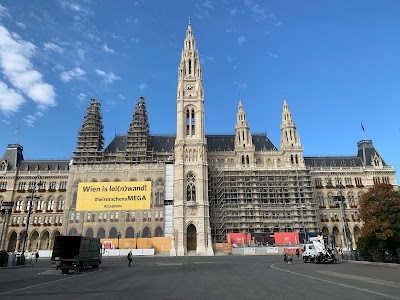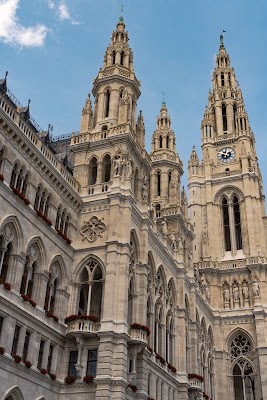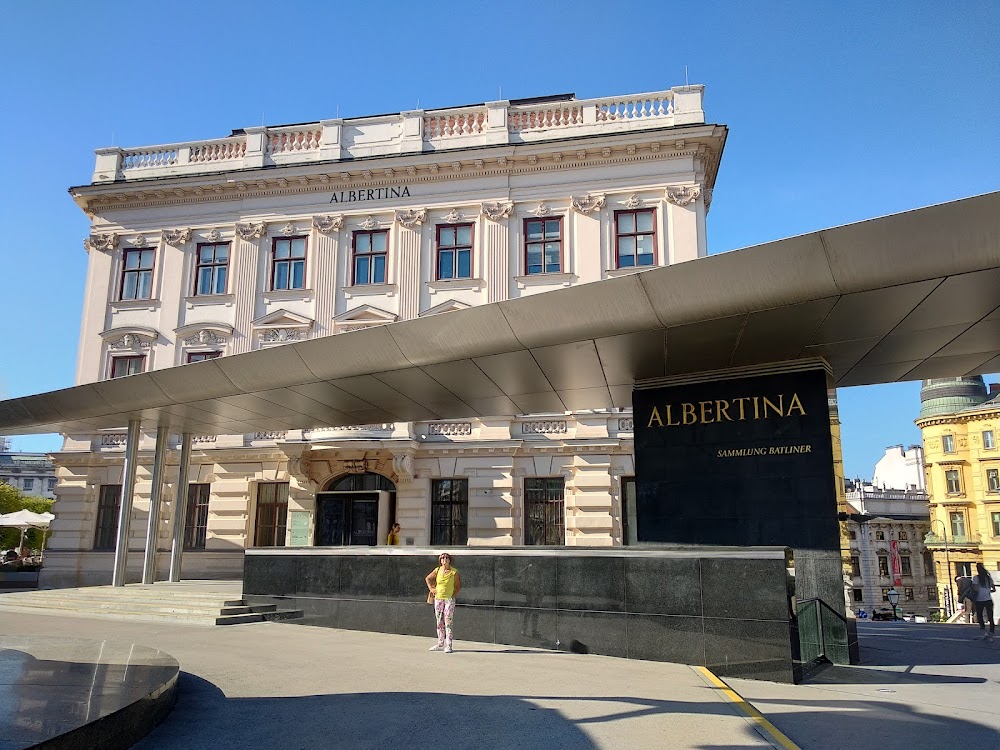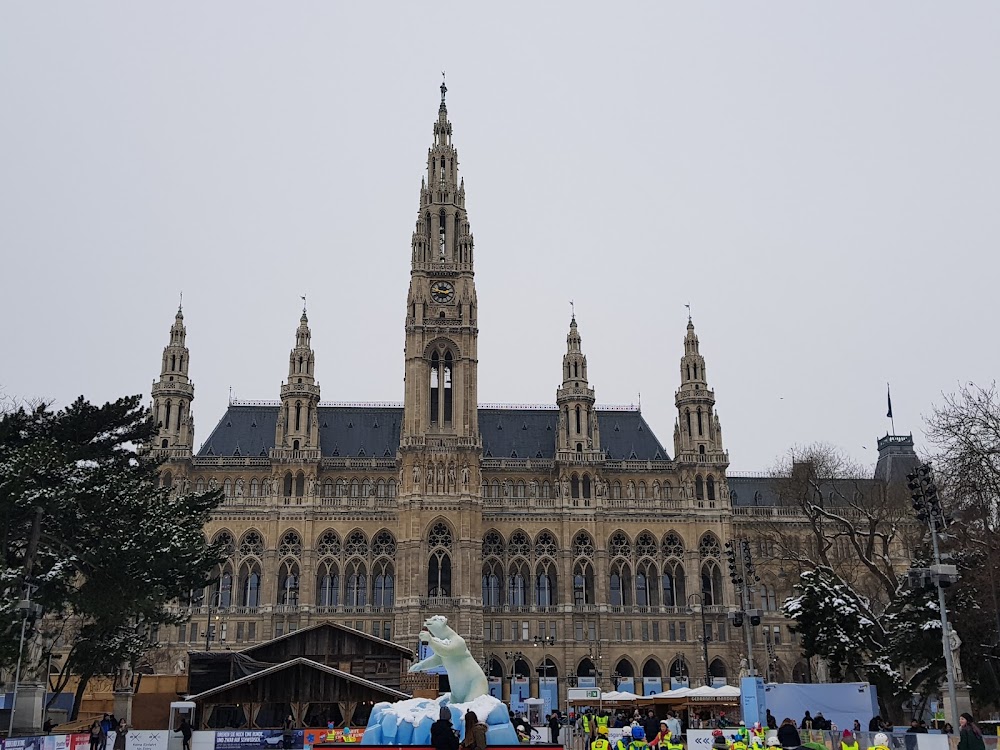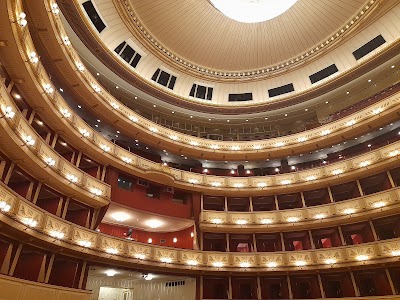Vienna City Hall (Rathaus)
Related Places
Overview
Vienna City Hall: A Neo-Gothic Marvel
Vienna City Hall, or Wiener Rathaus, is a stunning example of neo-Gothic architecture that graces the heart of Austria's capital, Vienna. This grand structure is not just the seat of municipal administration; it also serves as a symbol of the city's rich history and cultural heritage. Completed in 1883, the City Hall was designed by the esteemed architect Friedrich von Schmidt, who won the commission following an international competition held in 1868.
Exquisite Exterior Features
The exterior of Vienna City Hall captivates with its breathtaking design. The intricate façade showcases numerous sculptures and ornate details that reflect the opulence of the late 19th century. Dominating the skyline is the central tower, which rises to an impressive height of 98 meters and is crowned by the “Rathausmann,” a statue depicting a medieval knight. This iconic figure has become a beloved symbol of Vienna, vigilantly overseeing the city and its residents.
Sumptuous Interior Spaces
Step inside, and you’ll discover an equally remarkable interior. The main entrance leads to the Festsaal, or Grand Ballroom, one of the largest and most lavish spaces within the City Hall. This stunning hall hosts various grand events, including the famous Vienna City Hall Balls, concerts, and receptions. Visitors are treated to ornate chandeliers, marble columns, and frescoed ceilings that evoke the grandeur of imperial Vienna.
A Hub of Urban Activity
Beyond its architectural beauty, the City Hall is a vibrant center of urban life. The adjacent Rathausplatz serves as a bustling square that hosts numerous events throughout the year. In winter, it transforms into a magical Christmas market, adorned with festive lights and stalls offering traditional Austrian delicacies and crafts. During the summer months, the square comes alive with the Vienna Film Festival, where locals and tourists gather to enjoy films on a giant open-air screen.
Guided Tours and Historical Insights
History enthusiasts will appreciate the guided tours available at the City Hall, which provide a wealth of information about the building’s past and its role in Vienna’s municipal life. These tours allow visitors to explore various rooms, including the offices of the Mayor and the Council Chambers, offering insight into the workings of the city’s administration and the significant historical events that have unfolded within these walls.
Architectural Splendor
For architecture aficionados, Vienna City Hall presents a visual feast of styles and periods. This exemplary piece of neo-Gothic design features pointed arches, ribbed vaults, and flying buttresses. These architectural elements not only serve an aesthetic purpose but also symbolize the city’s prosperity and pride during the Austro-Hungarian Empire.
A Site of Political Significance
The historical significance of Vienna City Hall extends beyond its architectural grandeur; it has been a focal point for political activity and public engagement. The building has hosted numerous significant events in Austrian history, including speeches, rallies, and civic meetings. It embodies the democratic spirit of Vienna, serving as a venue where citizens’ voices are heard and decisions shaping the future of the city are made.
Culinary Delights at Rathauskeller
Visitors can also indulge in a meal at the Rathauskeller, the historic basement restaurant that offers traditional Viennese cuisine in a unique atmosphere. With its vaulted ceilings and rustic décor, this cozy setting is perfect for enjoying local dishes such as Wiener Schnitzel and Apfelstrudel, making it a must-visit for food lovers.
Convenient Location
For those planning a visit, Vienna City Hall is conveniently situated along the Ringstrasse, one of Vienna’s most famous boulevards. It’s an easy walk from other major attractions, including the Austrian Parliament Building, Hofburg Palace, and the Vienna State Opera. The area is also well-served by public transportation, making it easily accessible for visitors from all over the city.
Conclusion
In conclusion, Vienna City Hall is much more than a governmental building; it stands as a testament to the architectural brilliance, historical richness, and cultural vibrancy of Vienna. Whether you’re there to admire its gothic splendor, delve into Vienna’s political history, or partake in one of the many public events, the City Hall offers an enriching experience that should not be missed.


